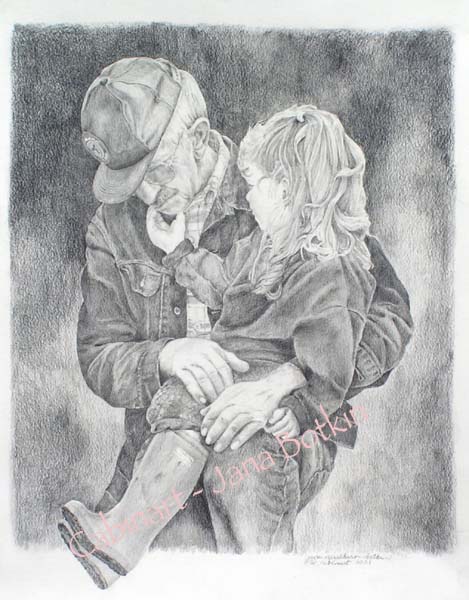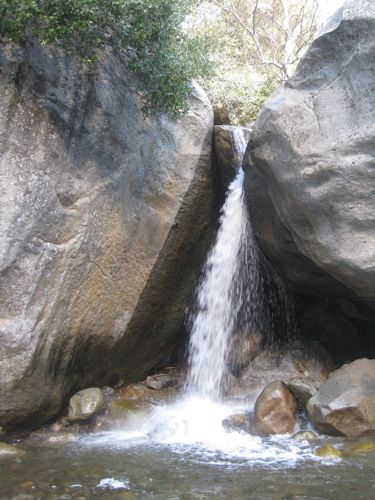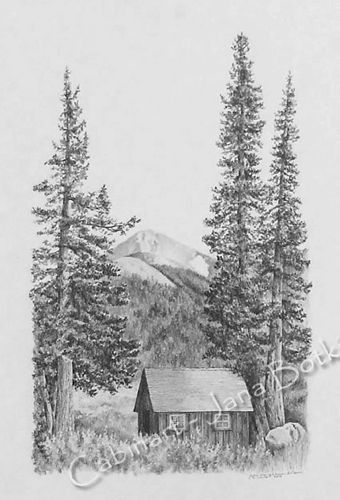Fifth in the series “Thoughtful Thursdays”
In college, an art professor said to me, “Just because you can draw doesn’t make you an artist”. I was devastated, insulted, dismayed, shocked, and any other adjective you can think of for the situation – how dare he say that to me!! Now that I have the advantage of life experience and wisdom, I know he was right, even if it was an insensitive and snotty remark. His point was that there is more to making art than simply drawing.
Master of Fine Art, or MFA, is the highest degree possible in art. My college professors may have had their MFAs but mostly they walked around the room while taking a break from their own work, and offered criticism and snide remarks (”Just because you can draw. . .” or “You need to work on composition”) without ever bothering to actually teach, to demonstrate or share information.
I have been teaching people how to draw for 16 years without an MFA. Drawing is a skill, and in teaching the skill, many other things about art can be shared. We talk about different styles, ways to set up a drawing from the beginning, ways of arranging the elements in a drawing, and lots of technique. First I show how, then I explain why.
Through the years, only two of my students that I can think of have pursued art as a career. Everyone who has stayed long enough to learn to draw has learned to draw, and they each have drawings they can proudly show off to prove that they know how to draw. Even without going into art full-time, learning to draw has give each one confidence.
A year or 2 ago I saw 3 former drawing students. Louis was in the Navy, Stephanie was thinking about occupational therapy, and Mark was a cowboy. Drawing lessons were not a waste of time for any one of these wonderful young folks – they learned to draw (duh), learned to communicate with people of all ages (that is the way my classes are arranged), explored a type of art in a comfortable environment, got to display their work in a show or two, developed a bit more confidence, and made new friends.
I enjoyed every moment spent with each of these people and love seeing how they are turning into adults. We have an easy friendship that transcends age and that has lasted through time and changes. They can draw; are they artists? I think so! And I am an artist in addition to being a teacher and being able to draw, so there, you Snotty Professor who is now probably just a retired teacher!
The Beach House, graphite, 10×8″
private collection



















